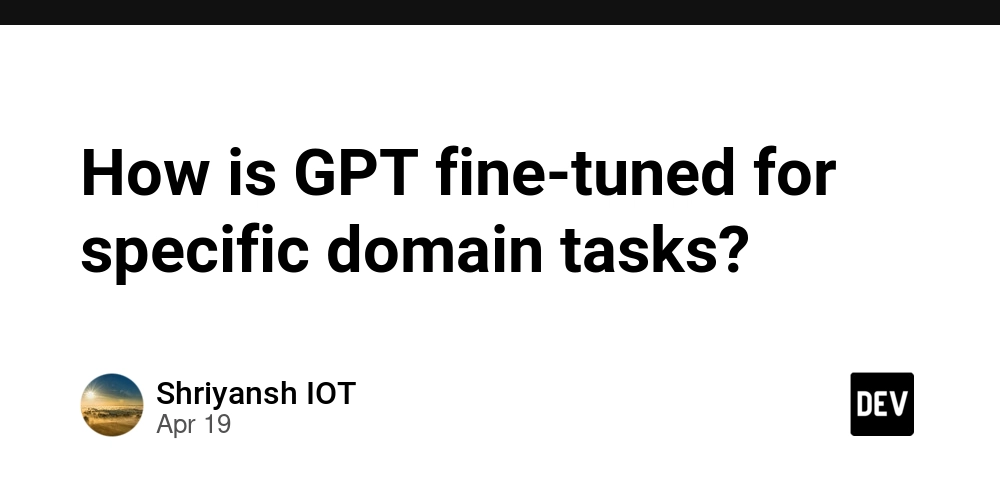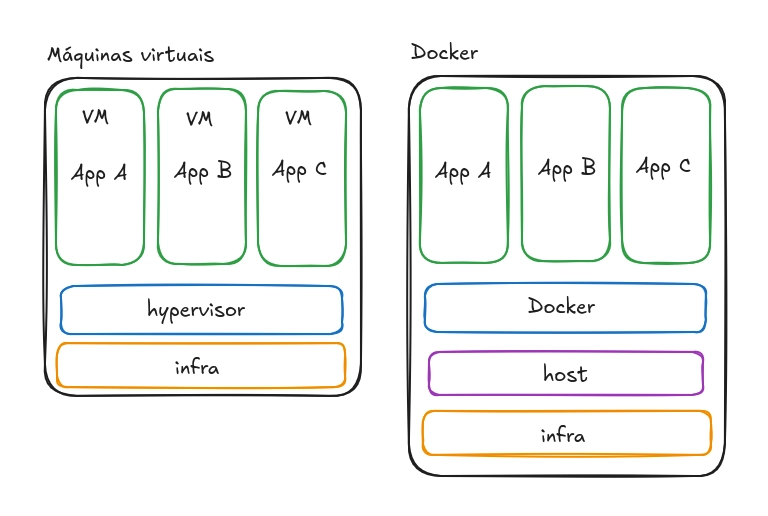Comparing the Top 10 Managed Kubernetes Providers (2025 Edition)
A Developer-First Review of Kubernetes Platforms Focused on Automation, Observability, and Not Losing Your Sanity in YAML Hell 1. Introduction Kubernetes is a masterpiece of modern infrastructure. It’s also a maze of YAML, CRDs, and enough kubectl flags to make your terminal cry. If you’ve ever tried to run Kubernetes manually, you probably have battle scars cluster provisioning issues, networking chaos, broken Helm charts, and the haunting phrase: “pod stuck in CrashLoopBackOff.” That’s where managed Kubernetes comes in someone else handles the boring parts (control plane, upgrades, etc.), so you can just focus on deploying your app and making things scale without rage-quitting your terminal. But here’s the problem: not all managed Kubernetes services are made equal. Some are designed for real devs and ops teams. Others feel like they were put together by a product manager who’s never deployed a service in their life. This isn’t a “Kubernetes for CTOs” guide. It’s not a sponsored ranking based on who pays the most for ad space. This is for you: The developer who just wants Terraform to work The DevOps engineer who’s tired of doing everything manually The startup tech lead who needs a real app deployed yesterday The gamer-infra-nerd who configures Prometheus while watching YouTube at 2AM We’re comparing the top 10 managed Kubernetes providers in 2025 based on what actually matters: Ease of use (can you launch a cluster before your coffee goes cold?) Automation tools (Terraform, GitOps, CI/CD support) Integrations (databases, monitoring, storage, LBs) Dev experience (is it intuitive, or does it want you to suffer?) And of course… pricing (because nobody likes surprise invoices) Let’s skip the fluff and get into what these platforms actually do, how they integrate with your stack, and whether they’ll make your life better or just another debugging session. 2. How We Evaluated the Providers This isn’t based on vibes or logos we actually used these. When you’re comparing managed Kubernetes platforms, you don’t need a list of features written by a sales intern. You need to know: “Will this thing help me deploy my app… or will I spend two hours debugging why my ingress won’t route traffic again?” So here’s the scorecard we used built by people who actually run stuff in prod: Ease of Use How fast can you go from “nothing” to “cluster ready”? Is the UI actually helpful, or is it just a skin on kubectl? Are the docs readable by a human? Can a dev (not a cloud architect) figure out how to deploy an app? Bonus points: GUI, CLI, and API all make sense and don’t feel like three different products duct-taped together. Automation & Infrastructure as Code (IaC) Let’s be real: if it doesn’t work with Terraform, does it even exist? Can you spin up and tear down infra with Terraform or Pulumi? Does it play nice with GitOps tools like ArgoCD or Flux? Are CI/CD workflows (GitHub Actions, GitLab CI, Jenkins, etc.) seamless? Red flag: Platforms that claim “automation-ready” but make you click six times to enable autoscaling. Observability If your app crashes and there’s no log, did it even happen? Native Prometheus and Grafana integration? Or do you have to YOLO it? Is there a metrics dashboard or just a pretty terminal skin? Does it support logging, tracing, and alerts out of the box? Tip: If it doesn’t support open standards like OpenTelemetry, that’s a

A Developer-First Review of Kubernetes Platforms Focused on Automation, Observability, and Not Losing Your Sanity in YAML Hell
1. Introduction
Kubernetes is a masterpiece of modern infrastructure. It’s also a maze of YAML, CRDs, and enough kubectl flags to make your terminal cry.
If you’ve ever tried to run Kubernetes manually, you probably have battle scars cluster provisioning issues, networking chaos, broken Helm charts, and the haunting phrase: “pod stuck in CrashLoopBackOff.” That’s where managed Kubernetes comes in someone else handles the boring parts (control plane, upgrades, etc.), so you can just focus on deploying your app and making things scale without rage-quitting your terminal.
But here’s the problem: not all managed Kubernetes services are made equal. Some are designed for real devs and ops teams. Others feel like they were put together by a product manager who’s never deployed a service in their life.
This isn’t a “Kubernetes for CTOs” guide. It’s not a sponsored ranking based on who pays the most for ad space.
This is for you:
- The developer who just wants Terraform to work
- The DevOps engineer who’s tired of doing everything manually
- The startup tech lead who needs a real app deployed yesterday
- The gamer-infra-nerd who configures Prometheus while watching YouTube at 2AM
We’re comparing the top 10 managed Kubernetes providers in 2025 based on what actually matters:
- Ease of use (can you launch a cluster before your coffee goes cold?)
- Automation tools (Terraform, GitOps, CI/CD support)
- Integrations (databases, monitoring, storage, LBs)
- Dev experience (is it intuitive, or does it want you to suffer?)
- And of course… pricing (because nobody likes surprise invoices)
Let’s skip the fluff and get into what these platforms actually do, how they integrate with your stack, and whether they’ll make your life better or just another debugging session.
2. How We Evaluated the Providers
This isn’t based on vibes or logos we actually used these.
When you’re comparing managed Kubernetes platforms, you don’t need a list of features written by a sales intern. You need to know:
“Will this thing help me deploy my app… or will I spend two hours debugging why my ingress won’t route traffic again?”
So here’s the scorecard we used built by people who actually run stuff in prod:
Ease of Use
How fast can you go from “nothing” to “cluster ready”?
- Is the UI actually helpful, or is it just a skin on kubectl?
- Are the docs readable by a human?
- Can a dev (not a cloud architect) figure out how to deploy an app?
Bonus points: GUI, CLI, and API all make sense and don’t feel like three different products duct-taped together.
Automation & Infrastructure as Code (IaC)
Let’s be real: if it doesn’t work with Terraform, does it even exist?
- Can you spin up and tear down infra with Terraform or Pulumi?
- Does it play nice with GitOps tools like ArgoCD or Flux?
- Are CI/CD workflows (GitHub Actions, GitLab CI, Jenkins, etc.) seamless?
Red flag: Platforms that claim “automation-ready” but make you click six times to enable autoscaling.
Observability
If your app crashes and there’s no log, did it even happen?
- Native Prometheus and Grafana integration? Or do you have to YOLO it?
- Is there a metrics dashboard or just a pretty terminal skin?
- Does it support logging, tracing, and alerts out of the box?
Tip: If it doesn’t support open standards like OpenTelemetry, that’s a




























![[Webinar] AI Is Already Inside Your SaaS Stack — Learn How to Prevent the Next Silent Breach](https://blogger.googleusercontent.com/img/b/R29vZ2xl/AVvXsEiOWn65wd33dg2uO99NrtKbpYLfcepwOLidQDMls0HXKlA91k6HURluRA4WXgJRAZldEe1VReMQZyyYt1PgnoAn5JPpILsWlXIzmrBSs_TBoyPwO7hZrWouBg2-O3mdeoeSGY-l9_bsZB7vbpKjTSvG93zNytjxgTaMPqo9iq9Z5pGa05CJOs9uXpwHFT4/s1600/ai-cyber.jpg?#)














































































































































![[The AI Show Episode 144]: ChatGPT’s New Memory, Shopify CEO’s Leaked “AI First” Memo, Google Cloud Next Releases, o3 and o4-mini Coming Soon & Llama 4’s Rocky Launch](https://www.marketingaiinstitute.com/hubfs/ep%20144%20cover.png)




































































































































































































![Rogue Company Elite tier list of best characters [April 2025]](https://media.pocketgamer.com/artwork/na-33136-1657102075/rogue-company-ios-android-tier-cover.jpg?#)








































































_Andreas_Prott_Alamy.jpg?width=1280&auto=webp&quality=80&disable=upscale#)


























































































![What’s new in Android’s April 2025 Google System Updates [U: 4/18]](https://i0.wp.com/9to5google.com/wp-content/uploads/sites/4/2025/01/google-play-services-3.jpg?resize=1200%2C628&quality=82&strip=all&ssl=1)










![Apple Watch Series 10 Back On Sale for $299! [Lowest Price Ever]](https://www.iclarified.com/images/news/96657/96657/96657-640.jpg)
![EU Postpones Apple App Store Fines Amid Tariff Negotiations [Report]](https://www.iclarified.com/images/news/97068/97068/97068-640.jpg)
![Apple Slips to Fifth in China's Smartphone Market with 9% Decline [Report]](https://www.iclarified.com/images/news/97065/97065/97065-640.jpg)



































































































































